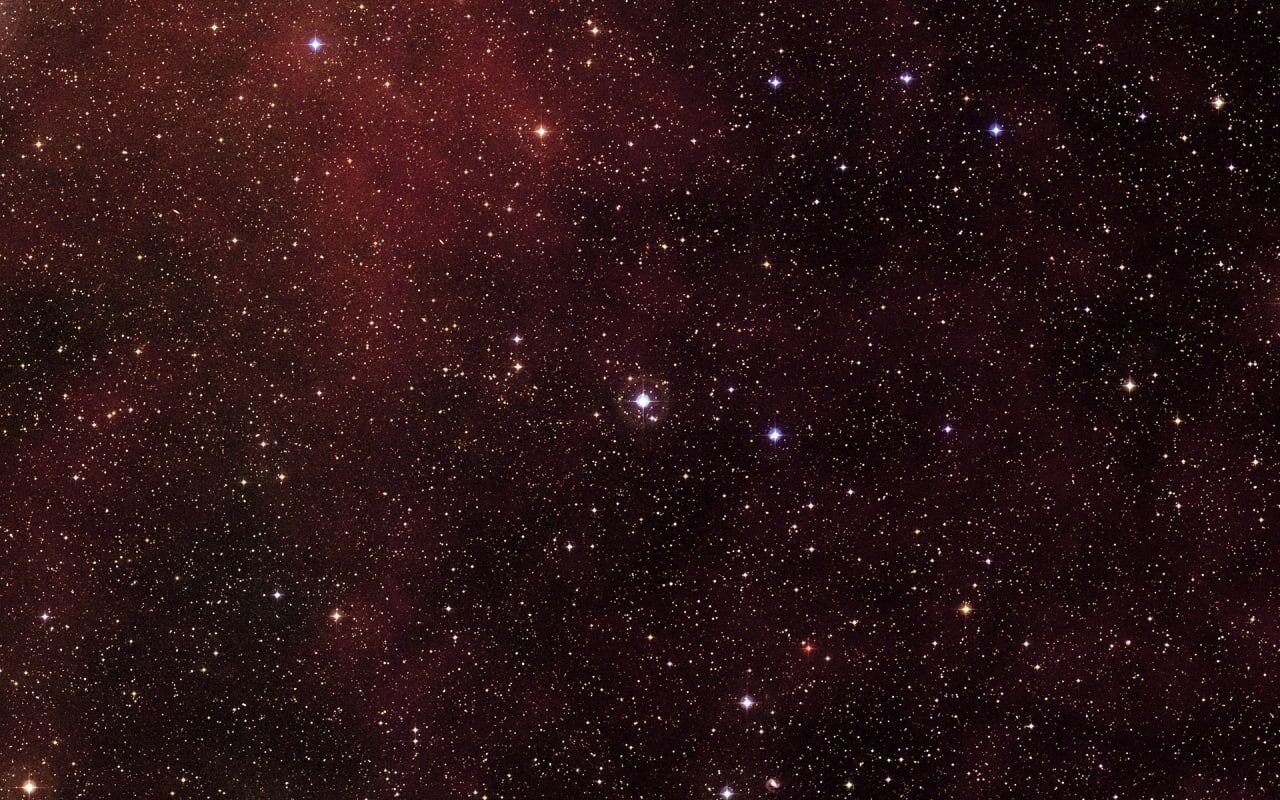The answer of astronomers is “no”, but they add it is a question of whether they detected a planet near a star of not.
Since 1992 when astronomers discovered the first planet outside the solar system, telescopes have spotted thousands of so-called exoplanets orbiting different stars.
Scientists now know that some stars — like the sun, as well as red dwarf stars many light-years away — are home to more than half a dozen planets, while others have none.
But what makes one star host so many planets while others fly solo?

Scientists think it may depend on the way the star was formed.
A ring of dust particles that usually surrounds young stars when they are shaping can eventually form planets.
But that model is not always the case.